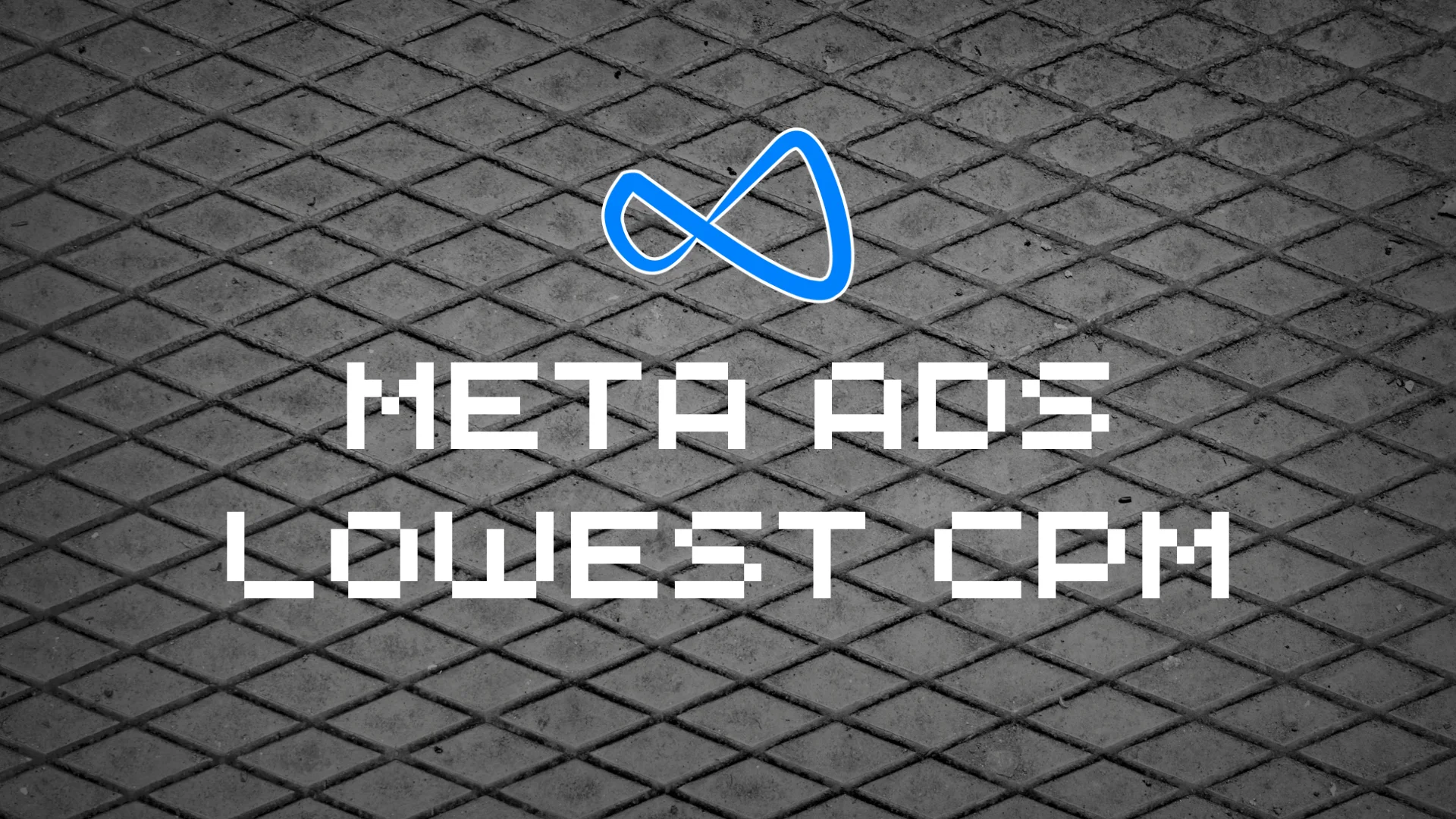When you started your business, you likely put together a plan that outlined all the key details of what you were looking to do — what your products or services are, who your competitors are, the type of audience you want to sell to, and information about the marketing you want to roll out.
As much as planning for the great times ahead is important, so is mapping out possibilities for when an inevitable bump in the road comes along. A plan in place for managing a crisis, if it happens, will make you feel better prepared to deal with whatever is thrown at you.
What is a crisis management plan?
A crisis management plan is a pre-outlined set of guidelines for how a business will respond during a crisis or emergency. The goal is to minimize damage to the company, employees, and customers and recover quickly.
Crisis management is especially important if the issue impacts those outside the business, as it can damage PR and have lasting effects.
An effective crisis management plan should include information on the actions that will be taken at various stages and who will take them. For instance, it’s essential to have an outline for how internal employee communications software will be used to alert the team to what’s going on and how they need to proceed.
Most crisis management plans are created as a result of risk assessments, where an external company can review potential crisis events a business could face and how it can deal with them. For example, a tech company could be more likely to face a cyberattack than a brick-and-mortar retail store, so the crisis plan will look very different than if an in-person burglary were to take place.
Types of crises that may need a management plan
Not all types of crises warrant the same kind of response — some could involve physical danger, which will require a more thorough health and safety response, while others could be digitally based.
Some of the most common types of crises that a business should make a plan for include:
Accidents at work: There’s always a potential risk of an employee getting hurt on your business premises, but an accident at work is much more likely for some industries like construction or agriculture.
Natural disasters: Depending on where your business is located, weather disasters like tornadoes, hurricanes, or flooding could all be events you need to plan actively for. But even if these aren’t common wherever you’re based, having a protocol outlined is always helpful.
Tech attacks: For any company that uses software, there’s always a risk of digital attacks. This could be as simple as malware being installed on an employee’s device accidentally, all the way up to a hostile employee or cybercriminal gaining access to sensitive company or customer information in a data breach.
PR crises: Reputation is everything, and any problem that could damage your company in the eyes of the public could quickly become a PR crisis. Mistakes on social media, inappropriate comments in public by a CEO, or even competitors spreading untrue rumors about your business are all possibilities that you should plan for.
Benefits of a crisis management plan
If you’re a new business with a small number of employees, it can feel like a waste of time to make a crisis management plan. However, there are several benefits to having a plan already in place that you should consider.
49%
of US companies have a formal crisis communications plan, with a further 28% having an undocumented plan. Nearly a quarter have no plan in place at all.
Source: Forbes
Ensures a rapid response
Acting quickly in a crisis can make all the difference. It impacts the eventual outcome of the crisis and how it affects the business. Having a plan already outlined, especially one that employees are already familiar with, means that every team member can respond faster and take appropriate steps to mitigate risk.
Protects the business reputation
One of the most important benefits of a crisis plan is protecting your business reputation. By responding to any crisis quickly, you can limit the damage both internally and externally. Share appropriate details with necessary stakeholders and explain how you are responding to the issue with corrective actions.
Improves employee confidence
A crisis can quickly become a stressful and panic-inducing experience for employees. But with a clearly outlined procedure, everyone knows who is responsible for which action steps, making the whole process more efficient. This can significantly lower stress and anxiety across the team, which ultimately gives your employees more confidence that any situation can be handled appropriately.
Meets regulatory guidance
In some industries, having a crisis management plan is a regulatory requirement. Putting one in place ensures that your business meets those requirements and will not be subject to penalties or fines.
How to create a crisis management plan
When putting together a crisis management plan for the first time, it’s important to ensure that all the necessary steps are taken to prevent any important information from falling through the cracks. Following a simple five-step process, you can create an effective and efficient crisis management plan that can see you through the worst situations.
1. Build a crisis management team
Before you can begin outlining your plan, you should put together a team of people who can be held responsible for overseeing its creation and execution should a crisis occur.
The details of these individuals and their responsibilities should be clearly outlined at the start of the plan. For instance, the marketing manager would be a good person to assign as the PR and communications lead overseeing internal and external messaging in a crisis.
2. Assess the risks
Brainstorming the possible risks to your business will help you determine what type of crisis you might need to prepare for. Your team can complete this internally, but using an external risk assessment company may be useful in identifying areas that you may have missed.
3. Outline possible business impacts
Every risk comes with different potential outcomes — financial losses, damaged reputation, customer losses, regulatory fines, or delays to the manufacturing and sales process. It is, therefore,critical to consider the possible outcomes a crisis could have on the company overall.
4. Plan your response
Once all risks and outcomes have been identified, the next most important step is planning the response. This part of your crisis management plan should clearly detail who is responsible for every action item taken and the timing in which these should happen following the crisis alert being raised.
5. Review your plan frequently
No crisis management plan should be a static document that’s never changed. Employees may leave, and someone new may need to be assigned a role in the plan. New risks or threats could come about that require a more detailed outline to be put in place. Your crisis plan should be reviewed at least annually to check for essential updates.
What to include in a crisis management plan
No two crisis management plans will look the same, as they depend on what’s necessary for the specific threats facing each business. But as a guideline to get you started, your crisis management plan should include:
An overview of the risk analysis: Include a list of the possible threats to the business that could result in a crisis. Having these noted in order of probability can be helpful.
Response action items and responsible parties: All individuals responsible for taking steps to mitigate and resolve the crisis should be outlined in the plan, along with their contact information both in and out of the office (in case a crisis emerges outside of working hours).
A communication strategy template: Knowing what information should be shared and what should be kept between select groups of people is an essential aspect of crisis management. The plan should note what information is going out and who is responsible for the initial communications and follow-ups.
Activation protocols: Not every crisis will be obvious from the outset. That’s why it’s necessary to determine in the plan what constitutes a crisis and at what point should action be taken.
Post-crisis assessment: Once the crisis is over, it’s vital that the team reflect on what went well and what could be improved. This makes the next crisis easier to handle and a positive outcome more likely.
Crisis averted!
No business wants to face an unexpected crisis, but it’s likely that something will happen in all of your years of operation. And you want to be prepared for when it does. Always keep communication with your team open and honest, with clear details that tie into your wider crisis management plan.
Stay on top of what the wider world is saying about your business, both during a crisis and in normal operations, with media monitoring software.






















